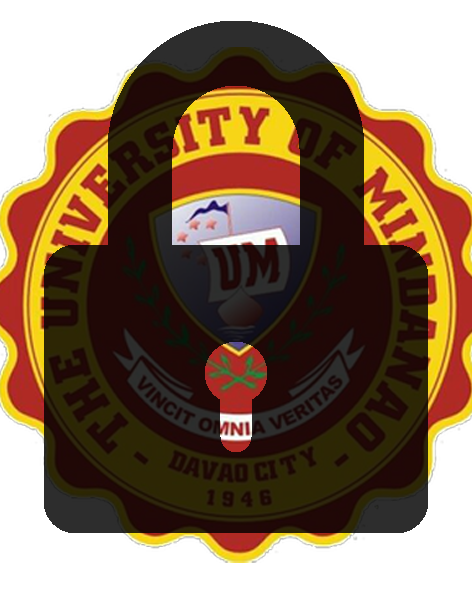Geospatial mapping of ambient air quality & vulnerability of urban areas in Davao city

View/
Date
2022-12Author
Batican, Marvin D.
Diola, Ric Beryl B.
Fiel, Adrian Miguel F.
Citation Tool
Metadata
Show full item recordAbstract
In recent years, industrial production and anthropogenic activities increased the
concentration of air pollutants, exacerbating ambient air pollution. Ambient air
pollution is considered a significant environmental problem and detrimental to
human health. The Philippines is one of the fastest urbanizing countries in East
Asia and Davao City is one of the highest and most competitive industrialized
cities in the country. Geographic Information System (GIS) is a computer aided technology used to visualize and map the spatiotemporal variation of air
quality levels. In this study, the data of the four parameters, particulate matter
10 (PM10), sulfur dioxide (SO2), nitrogen dioxide (NO2), and ground-level
ozone (O3) from the five (5) air quality monitoring stations (DC Stations 2, 7,
11, 14, 15) in Davao City were map using the Inverse Distance Weighting
interpolation method. Subsequently, the four maps were overlaid to create an
ambient air vulnerability map. Based on the findings, this study conclude that
all of the monitoring stations in the city had greatly exceeded the Global Air
Quality Guideline Values (GAAQGV) set by the World Health Organization
for PM10 and NO2, except for SO2 and O3. Moreover, most stations had
increased the concentration of the four pollutants. The vulnerability maps
revealed that 23,928 structures are affected within the 1km buffer. There are
13,035 (54.48%) structures considered to be very highly vulnerable, 5,547
(23.18%) are highly vulnerable, 3,078 (12.86%) are moderately vulnerable, and
2,268 (9.48%) are very lowly vulnerable. A big part of the city is classified as
highly vulnerable, with only the areas located around Station 3 classified as
lowly vulnerable and Station 1 as moderately vulnerable. With this, it indicates
that implementing policies that ensure clean and ambient air must be strongly
enforced in the community to address the problem of ambient air pollution.
Keywords: Air pollution, GIS, Mapping, Vulnerability, Davao City,
Philippines Philippines
Collections
- Undergraduate Theses [639]
